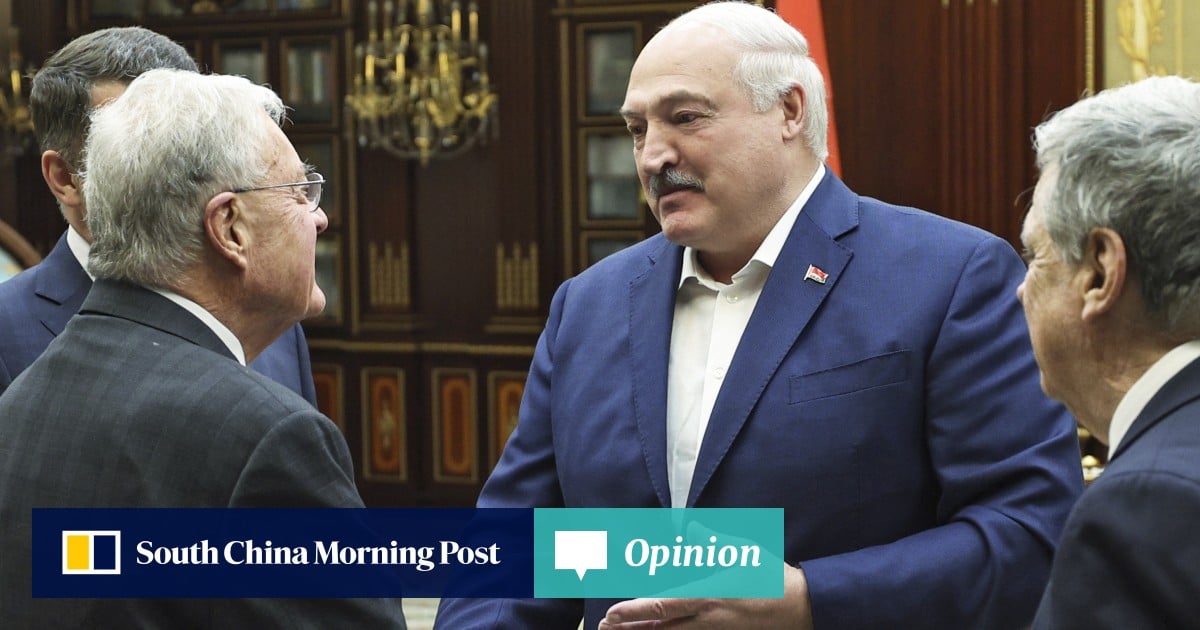The Gaggle Music Club: Sibelius's Symphony No. 3 in C Major
This week's selection for The Gaggle Symphony No. 3 in C major, Op. 52 (1907) by Jean Sibelius. Composed in 1907, the work occupies a pivotal position in his output, marking the transition from the expansive romanticism of his early works to the distilled classicism of his later compositions.
Sibelius’s Second Symphony (1902), often interpreted as a celebration of resistance to Russian imperial domination, had made the composer a national hero in Finland. However, by 1904–05, Sibelius was uneasy with that success. He feared becoming known as yet another nationalist symphonist rather than as a serious, international composer. He had also become self-critical about what he saw as the rhetorical excesses and emotional indulgence of his early symphonies.
In 1904, Sibelius moved with his family from Helsinki to Järvenpää, to his newly built villa Ainola, named after his wife, Aino. The peace of the Finnish countryside gave him a sense of detachment from Helsinki’s intellectual and political pressures. He began searching for a “new objectivity” in music — simpler textures, classical balance and concentrated thematic argument.
In 1904-05, Sibelius began to draft a new symphony. However, his work was repeatedly interrupted. In 1905-06, he embarked on a concert tour of England. He also had to fulfill commissions for occasional works such as “Pohjola’s Daughter” and “The Oceanides.”
Sibelius wrote to his patron Axel Carpelan in 1906: “I am once again trying to free myself from the sentimentality of my earlier manner. I want my new symphony to be clear, cool, and completely free from the fogs of Romanticism.”
By early 1906, Sibelius had a two-movement plan in mind — one slow, one fast — a radical notion at the time. He later expanded this into three movements, though the finale fuses scherzo and finale functions. He wanted the work to embody classical proportion with modern language — something closer to Haydn or Beethoven rather than to Bruckner or Tchaikovsky. The orchestration was to be notably leaner: only double woodwinds, no tuba, minimal percussion and lighter string textures.
Sibelius was reacting against German late-Romanticism, in particular Mahler and Richard Strauss, whose luxuriant orchestration he found overblown. He was also increasingly immersing himself in Finnish folk prosody, with its rhythmic asymmetry and chant-like modal inflections.
In July 1907, Sibelius wrote: “My Third Symphony will be something quite different. I am after a symphonic style that is purely musical — no longer depending on poetic or landscape associations.”
The symphony premiered on Sept. 25, 1907, in Helsinki, conducted by Sibelius himself. The audience, expecting another heroic nationalist work, was puzzled. The Third Symphony’s restrained tone and “classical” coolness bewildered many Finnish listeners. However, critics in Germany and Great Britain hailed the work as a stylistic breakthrough. The Manchester Guardian praised its “lucid argument and imaginative economy.”
Sibelius later described the work as a “turning point,” his move away from romantic narrative.
The symphony is classical in spirit — concise, balanced and purposeful — but expressed in Sibelius’s unique voice. It lasts a mere 30 minutes, making it his shortest symphony. Yet within that time, he reshapes the whole idea of what a symphony could be: not a dramatic narrative (as in Beethoven or Tchaikovsky), but a living organism, in which every move grows out of earlier material.
The Third Symphony is the first in which Sibelius completely rejects “programmatic” inspiration. There is no story, no landscape, no nationalistic message. Everything derives from pure musical logic. He later called this his move toward “absolute music with living form.” Instead of sprawling climaxes, he achieves intensity by distillation. The listener senses latent energy beneath the restraint. This principle would reach its perfection in the Fifth and Seventh Symphonies. The symphony never declares a single emotion. It is at once lyrical and stoic, warm and austere. That subtle tension gives it its unique flavor.
At first, audiences thought it was a “small” work after the popular grandeur of the Second. But later musicians recognized its revolutionary craftsmanship. Today, the Third is more often admired by musical professionals than by the general public. The composition speaks more to the intellect than to the heart at first hearing. Where the Second reached upward in heroic aspiration, the Third looks inward. The work is nonetheless emotionally and spiritually inspirational.
In this performance from 2018, the Frankfurt Radio Symphony is conducted by Jaime Martín.

















